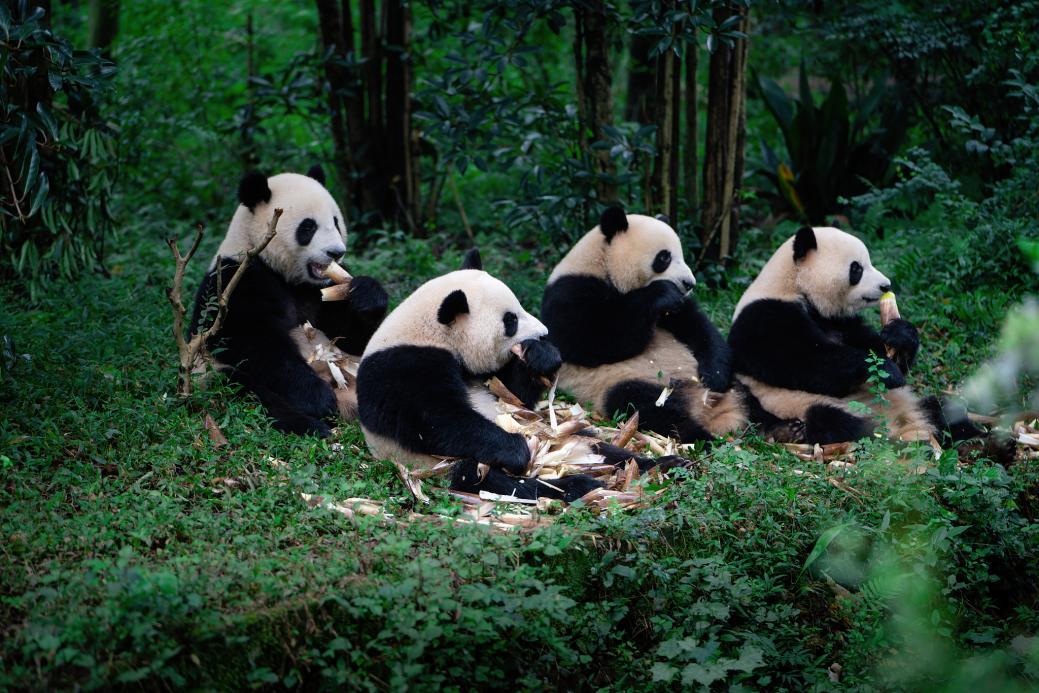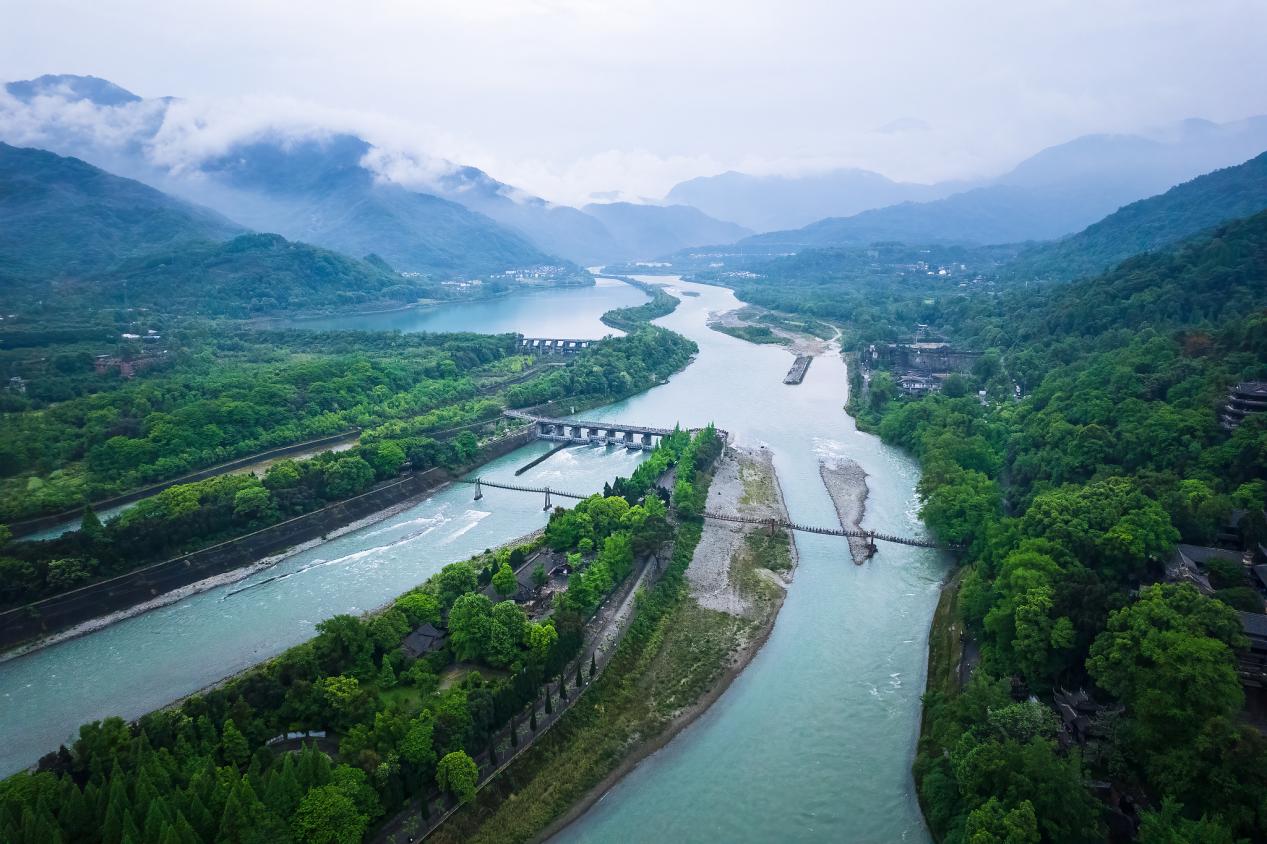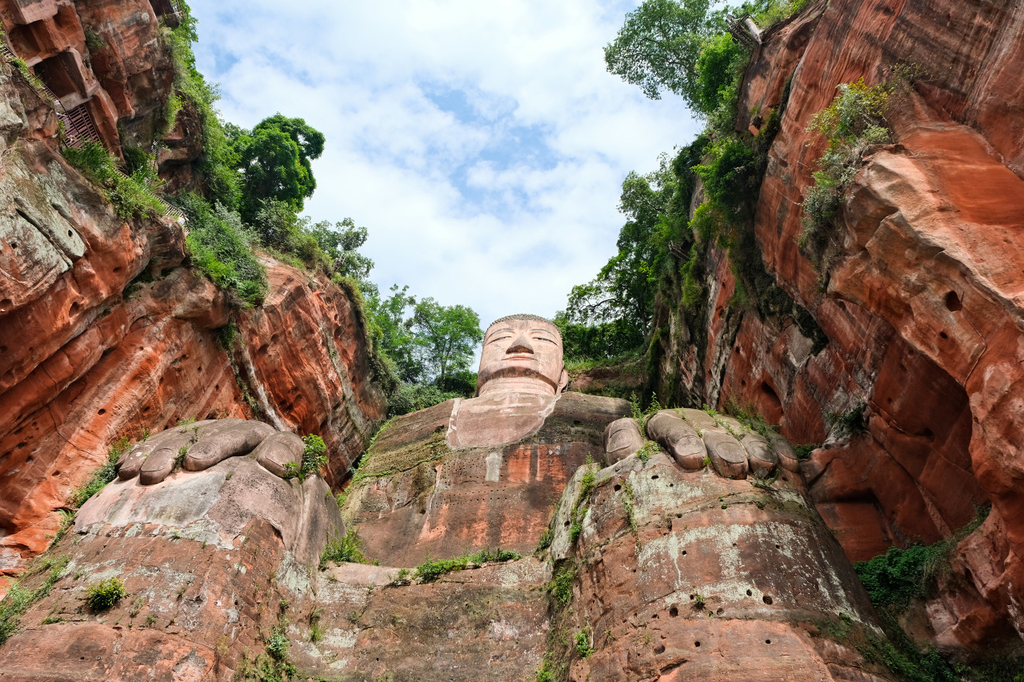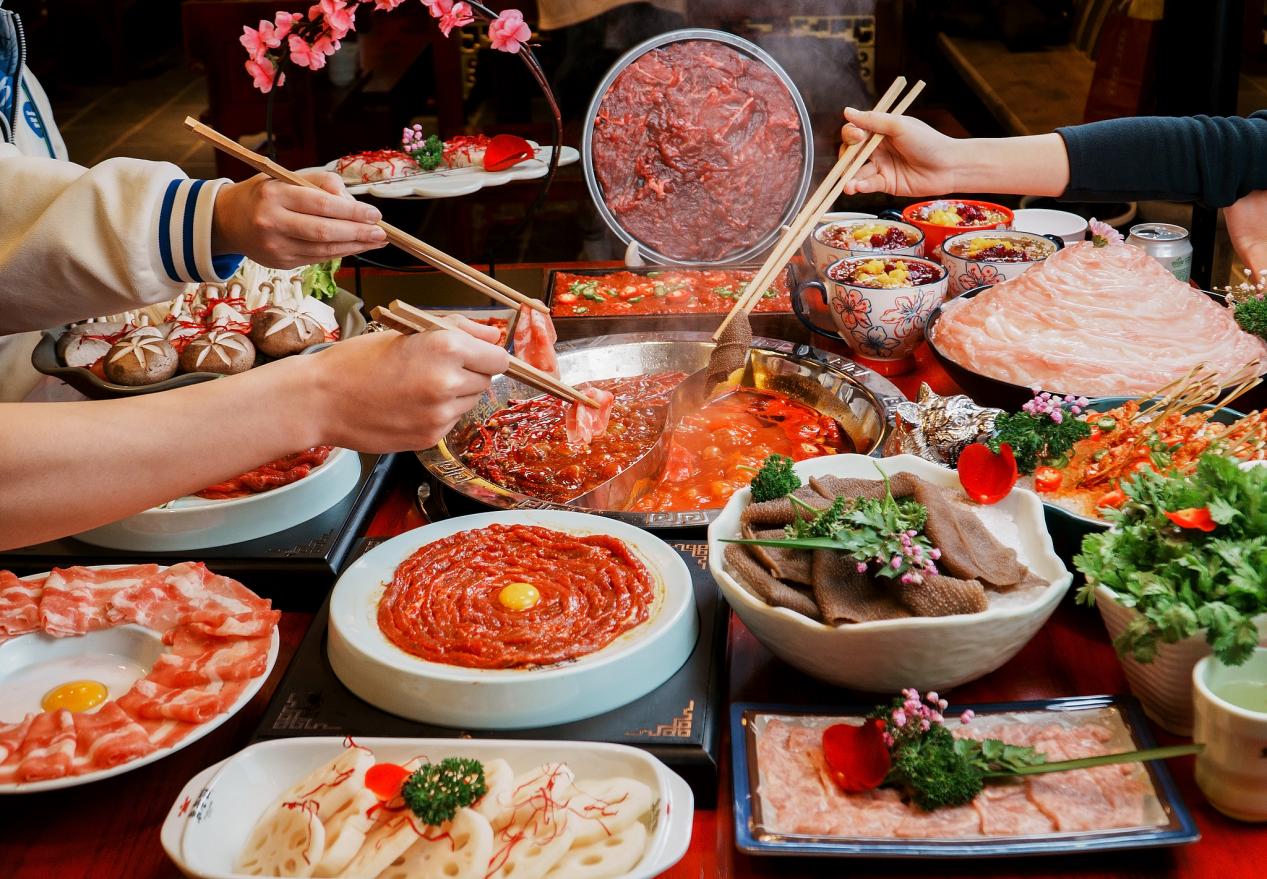Discover Sichuan: A 240-hour visa-free cultural journey
Sichuan, a province of dramatic contrasts, blends rich cultural heritage with breathtaking natural scenery. In Chengdu, the vibrant capital, the Chengdu Research Base of Giant Panda Breeding offers the chance to see adorable giant pandas, while historic alleys like Kuanzhai Alley or Jinli Street are home to traditional tea houses and local snacks. Nearby, the Dujiangyan Irrigation System — a UNESCO World Heritage Site — and the serene Taoist retreat of Mount Qingcheng showcase ancient ingenuity and spirituality.

The two designated ports of entry and exit for Sichuan are Chengdu Shuangliu International Airport and Chengdu Tianfu International Airport.
You are allowed to travel in a total of 11 cities in Sichuan: Chengdu, Zigong, Luzhou, Deyang, Suining, Neijiang, Leshan, Yibin, Ya'an, Meishan, and Ziyang.
Getting to Sichuan from Shanghai
By Air
The fastest way to reach Sichuan is by air. Direct flights from Shanghai to Chengdu take about three hours. Major airlines like China Eastern, Air China, and Sichuan Airlines operate daily flights. Both cities are equipped with efficient metro systems and taxis, making airport transfers a breeze.
By High-Speed Rail
For travelers hoping to admire scenic landscapes during their journey, the high-speed train from Shanghai Hongqiao Station to Chengdu East Station is a fantastic option. The journey takes 12–13 hours, passing through vibrant cities like Nanjing, Wuhan, and Chongqing.
Sichuan's Cultural & Natural Highlights
Chengdu – Gateway to Sichuan
Jinli Ancient Street: Begin with a stroll through this historic street, where traditional architecture, tea houses, and street performers bring Sichuan's history to life. Don't miss the spicy Zhong dumplings or sweet ice jelly, which can be found at various food stalls.
Chengdu Research Base of Giant Panda Breeding: Meet China's national treasure up close. Mornings are ideal for seeing the playful cubs.
Wuhou Shrine & Kuanzhai Alley: Dive into the history of the Three Kingdoms (220-280) history at Wuhou Shrine, then explore Kuanzhai Alley's blend of courtyards from Ming (1368-1644) and Qing (1644-1911) dynasties and trendy boutique shops.

Dujiangyan & Mount Qingcheng

Dujiangyan Irrigation System: Visit this UNESCO World Heritage Site and two-millennia-old engineering marvel to learn about ancient China's wisdom in taming floods.
Mount Qingcheng: Known as the birthplace of Taoism, this mountain offers the chance to hike through serene forests to temples nestled in misty peaks. Vegetarian dishes are available at a monastery.
Leshan Giant Buddha & Mount Emei

Leshan Giant Buddha: Marvel at the world's largest stone Buddha statue (71 meters tall), carved into a riverside cliff.
Mount Emei: This sacred Buddhist mountain offers hiking trails, hot springs, and the breathtaking Golden Summit sunrise.
Sichuan Cuisine: A Spicy Culinary Odyssey
Sichuan's fiery cuisine — think hot pot, mapo tofu, and dan dan noodles — adds flavor to every journey, while cultural gems like Sichuan opera's face-changing acts and hands-on tea ceremonies will deepen your connection to this dynamic region. Compact yet diverse, Sichuan offers history, nature, and spice in one unforgettable package.

Cultural Immersion: Hands-On Experiences
Sichuan Opera: Watch face-changing (bian lian) performances.
Sichuan Embroidery Workshops: Learn intricate stitching techniques.
Traditional Tea Ceremonies: Discover the art of tea preparation with a Taoist master at Mount Qingcheng.
Final Tips
Best Time to Visit: Spring (March–May) and autumn (September–November) for mild weather.
Transport within Sichuan: Rent a car with a driver, or use intercity trains/buses for flexibility.
With its harmonious mix of ancient traditions and modern vibrancy, Sichuan promises a journey that ignites all your senses. Pack your bags, embrace the spice, and let China's visa-free policy unlock the heart of the Southwest!